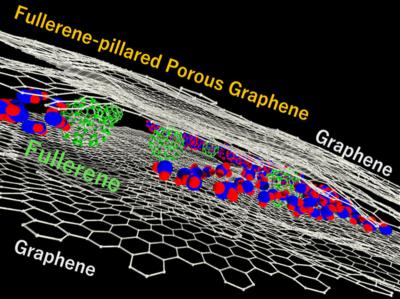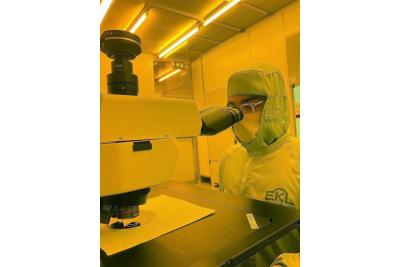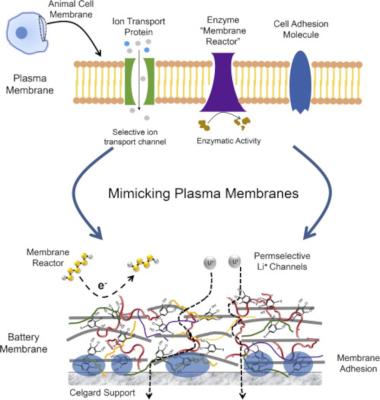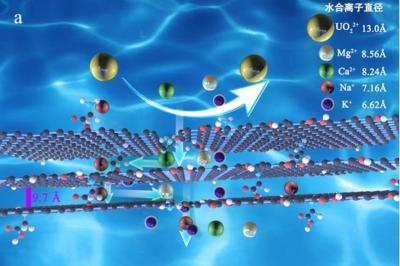Researchers develop fullerene-pillared porous graphene material with high water adsorption capacity
A team of researchers from Japan's Chiba University, led by Associate Professor Tomonori Ohba and including master’s students, Mr. Kai Haraguchi and Mr. Sogo Iwakami, has fabricated fullerene-pillared porous graphene (FPPG)—a carbon composite comprising nanocarbons—using a bottom-up approach with highly designable and controllable pore structures.
Separation processes are essential in the purification and concentration of a target molecule during water purification, removal of pollutants, and heat pumping. To make the separation processes more energy efficient, improvement in the design of porous materials is necessary. Porous carbon materials offer a distinct advantage as they are composed of only one type of atom and have been well-used for separation processes. They have large pore volumes and surface areas, providing high performance in gas separation, water purification, and storage. However, pore structures generally have high heterogeneity with low designability, which poses various challenges, limiting the applicability of carbon materials in separation and storage.



